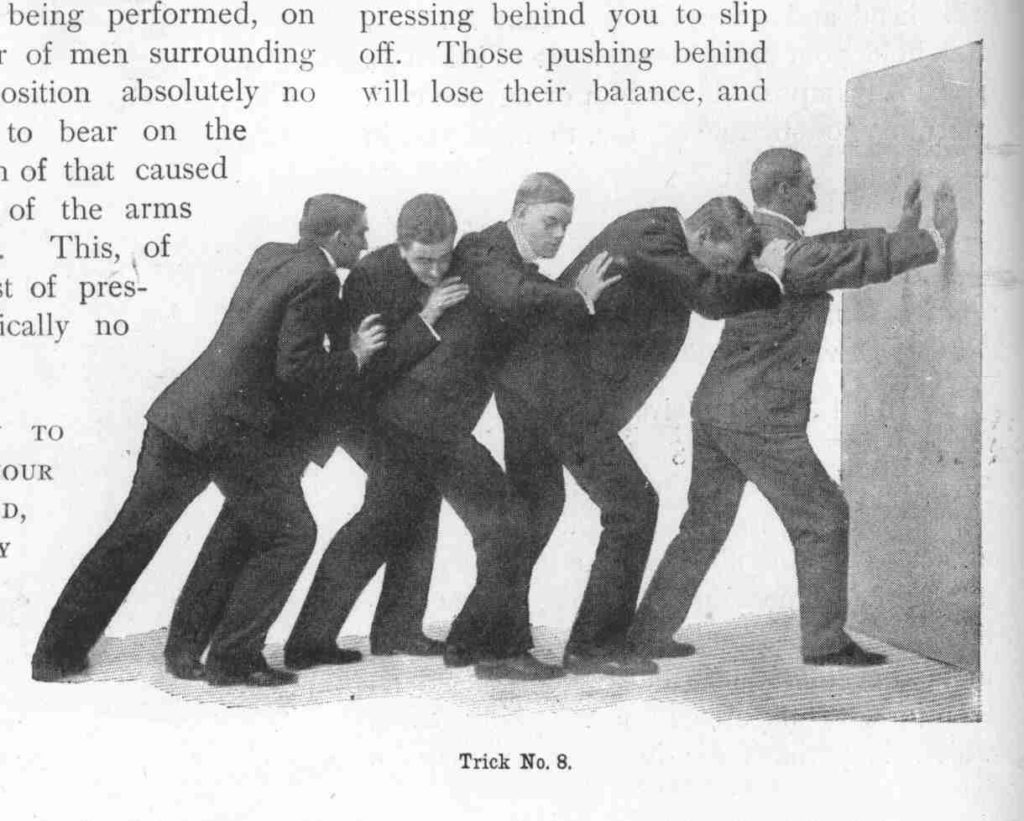- Originally published on the Bartitsu.org site on Wednesday, 19th January 2011
The Abney Park song “Victorian Vigilante”, from their End of Days album.
Victorian Vigilante
lyrics by “Captain” Robert Brown
Each night as I go walking
I hear the dead men talking
They tell me of all your misdeeds
Lead me to all your leads
Each night as I go walking underneath the lamplight
I bring my baritsu and I’m ready for a fight.
My boots are shining brown
And my cane’s of oak.
I’ll Unleash some hurting on you,
Justice I’ll invoke!
‘Cause I’m a Victorian vigilante,
Bring some justice on your head.
From the palace to the riverside,
For your troubles you’ll get led.
A Victorian vigilante,
Bring some justice on your head
From the palace to the riverside,
For your troubles you’ll be dead.
Cut Scene: your victims dethroned!
Dripping ice hook on crimson cobblestones.
Wipe your hands on the dead man’s greatcoat
And dive into the sewer’s black moat.
All your steps have led me to this spot.
You hide your tracks but there’s one that you forgot.
Drag your dripping coat out of the water black
But I stand waiting, and I’m on the attack!
‘Cause I’m a Victorian vigilante,
Bring some justice on your head
From the palace to the riverside,
For your troubles you’ll get led
A Victorian vigilante,
Bring some justice on your head
From the palace to the riverside,
For your troubles you’ll be dead.
Pacing slowly round each other in the rain
Our eyes are locked as you unsheathe your sword cane.
We know each other, although we’ve never met.
An ice cold game you won’t soon forget.
You swing and thrust, I wrap you in my coat.
I’m suddenly behind you, and my blade is at your throat!
You kick and swing your fists and blade and shoe,
But all your twitching and pulling has cut your neck in two.
‘Cause I’m a Victorian vigilante,
Bring some justice on your head
From the palace to the riverside
For your troubles you’ll get led
A Victorian vigilante,
Bring some justice on your head
From the palace to the riverside,
For your troubles you’ll be dead








